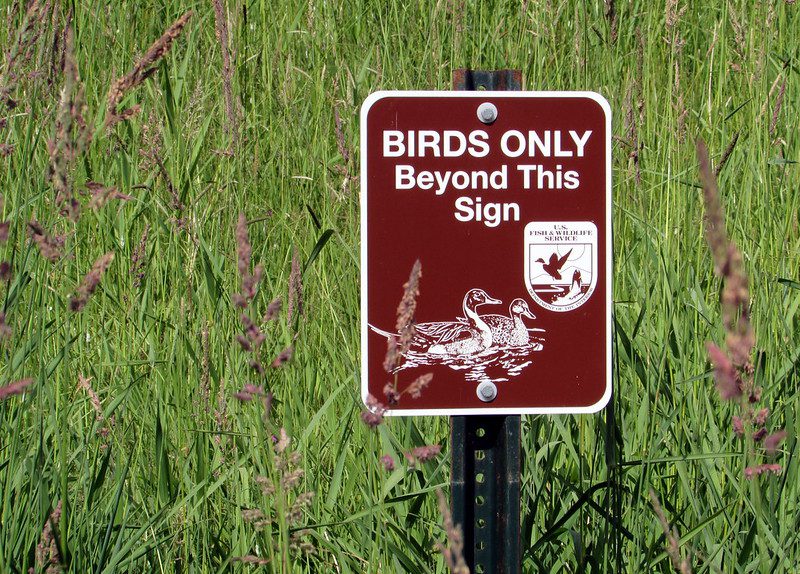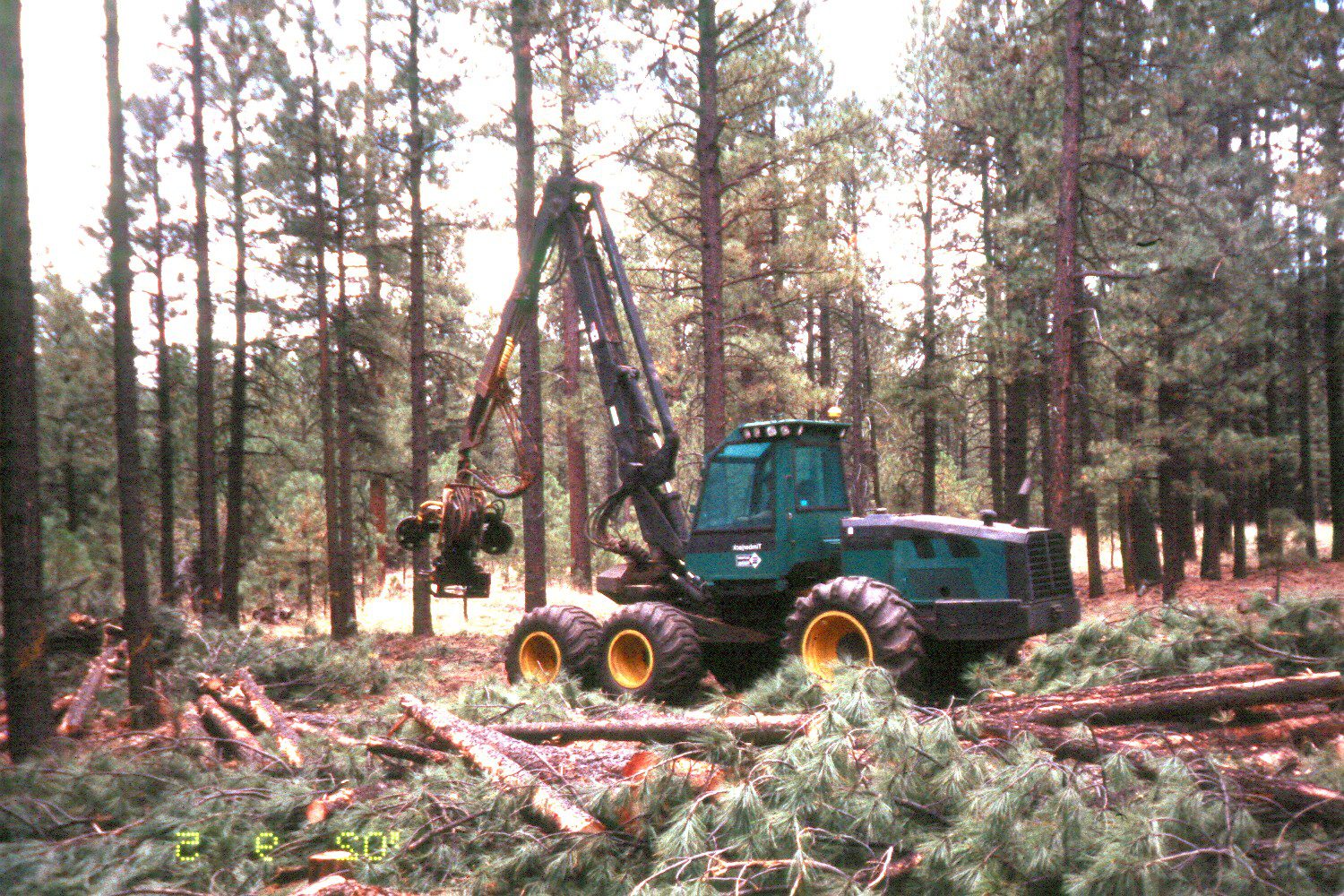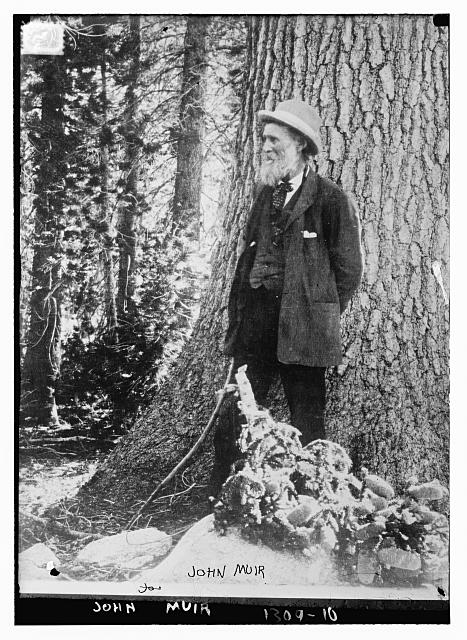If you’ve been conflating environmental conservation and preservation – or if you didn’t even know there was a difference! – you’re certainly not alone. While most of us don’t generally differentiate between these two approaches to environmentalism, conservation and preservation do have important distinctions.
For teachers and students of AP U.S. History, understanding this is especially crucial; APUSH Topic 7.4 on “The Progressives” requires students to know that conservationists and preservationists supported similar initiatives “while advocating different government responses to the overuse of natural resources.”

By the end of this blog post, you should feel confident describing both approaches… But let’s not get ahead of ourselves! To begin, we’ll start with a quick overview of what both conservation and preservation aimed to accomplish as environmental movements in the U.S.
Similarities Between Conservation and Preservation
Around the turn of the 19th century, both conservation and preservation emerged as environmental protection movements. Many people were dismayed by the booming population and the corresponding increases in irresponsible natural resource use and environmental pollution. Conservationists and preservationists alike rallied for significant protective measures, notably by calling for the federal government to designate certain areas as protected public lands.
While federally protected lands were the original primary focus of both conservation and preservation, each movement has long since expanded to include other issues like protecting wildlife, water, cultural resources, and much more.
Clearly, conservation and preservation shared the goal of environmental protection and were able to work together successfully. So, where did they differ?
Differences Between Conservation and Preservation: Responsible Resource Use Vs. Hands-Off Protection
Conservation promotes responsible, sustainable use of natural resources. Meanwhile, preservation aims to protect the environment from all extractive human activities. Let’s unpack the differences a little further.
Different Underlying Ethics
Conservation is a anthropocentric approach to environmental protection. It considers how natural resources can be valuable to humans, encourages humans to make use of them when needed, and advocates for resource protection so that humans can continue to have them for generations to come.
So unlike conservation, what does preservation emphasize? Preservation is more ecocentric. It’s based on the belief that non-human nature is just as important as humans, and that we must respect all life on Earth equally. Preservation generally opposes humans extracting value from the environment.

Conservation allows for activities like logging, so long as resources are consumed responsibly.
Role of Government-Protected Lands
Conservationists wanted the government to regulate human activities on protected lands. Under the conservation philosophy, economic activities were still permitted; if done responsibly, people could hunt, log, and raise cattle in order to support themselves and the economy. Conservationists also advocated for scientific research on government lands.
Preservationists hoped that by designating certain areas as federally protected areas, the government would prohibit environment-altering human activity. People could still enjoy recreational activities like hiking and canoeing in some protected spaces.
Two Figureheads

The most iconic figurehead of American conservation is probably Gifford Pinchot. Pinchot’s advocacy led to the establishment of the U.S. Forest Service, of which he was the first chief. Through the USFS’s conservationist model, national forests provide building resources, support scientific research, and serve as booming economic sites like ski slopes or camping grounds.
The best-known American preservationist is bound to be John Muir, pictured right. He helped establish Sequoia and Yosemite National Parks under the belief that they should be off-limits to industrial interests, and also founded the Sierra Club. Throughout his life, Muir traveled to natural landscapes across the world to write of their majesty, encouraging others to adopt a preservationist philosophy.
Conservation and Preservation Work Together
Though conservation and preservation are not one and the same, the two approaches have worked together to inform our current land management practices and environmental philosophies. For example, although national parks were initially more in line with preservationism, conservation is “an essential part of the National Park Service mission today.” Some national parks allow hunting, fishing, research, and other conservationist activities. In addition, many national parks are surrounded by lands owned by the U.S. Forest Service – a clear example of how the two coexist, allowing for both humans and nature to thrive.
Moving forward, our human population is expected to continue growing, but our Earth isn’t getting any bigger. It’s important to look after both people and the planet on which we live, and a balancing act between conservation and preservation will likely help us do so.
Image Credits: Birds Only sign (National Wildlife Refuge Sign (“Birds Only”) by Jason Brotty is licensed under CC BY 2.0); Harvester (Harvester. USDA Forest Service. 2007. Forest Service Research Image Library. Fort Collins, CO: Forest Service Research Data Archive.); John Muir (Photograph. Bain News Service. Retrieved from the Library of Congress)


